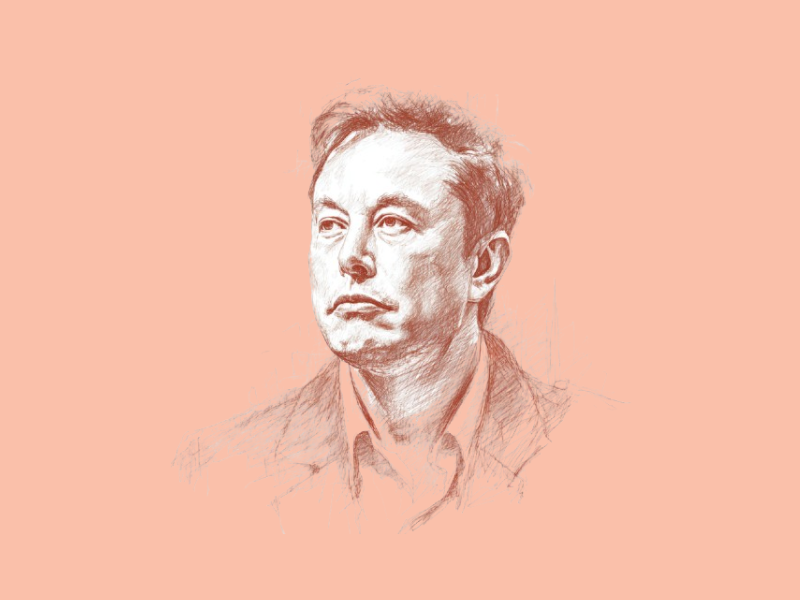Elon Musk marked a major week with an unusual celebration. Earlier in the week, Tesla shareholders approved his new compensation package valued at nearly $1 trillion.
Consequently, Elon Musk turned to his social media platform X to showcase his company’s latest AI tool, Grok Imagine.
 Source: Chip Somodevilla / Getty Images
Source: Chip Somodevilla / Getty Images
A 4:20 A.M. Post
Early Saturday morning, at precisely 4:20 a.m. EST, Musk posted a video created using Grok Imagine.
The tool is a new AI photo and video generator developed by his company xAI. The timing, a familiar reference in Musk’s online humor, was likely intentional.
The short video showed a woman standing alone on a rainy street. She smiled and said, “I will always love you.”
The image looked cinematic, yet unmistakably artificial. According to Musk, the clip was produced from his own text prompt.

Minutes later, he posted another video, this time featuring a digital likeness of actress Sydney Sweeney. In it, she said, “You are so cringe.” The voice, like the image, was synthetic.
The Internet Responds
The reactions came quickly. Some found the posts amusing or creative; others viewed them as unsettling.
Many X users mocked the “always love you” video, calling it “the most divorced post of all time” and “the saddest post in the history of this website.”
The criticism reflected a discomfort with the rise of AI personalities. Across the internet, people are experimenting with chatbots, digital partners, and AI companions.
Musk’s post, whether a joke or a product demonstration, added to that ongoing discussion about technology’s growing emotional footprint.
Joyce Carol Oates
The most pointed response came from 87-year-old novelist Joyce Carol Oates, who commented after observing Musk’s weekend activity on X.
Elon Musk had had a heated exchange with a Texas state senator over his new compensation deal.
Oates wrote that it was “so curious” that Musk “never posts anything that indicates that he enjoys or is even aware of what virtually everyone appreciates,” such as family, nature, pets, or art.
She added that “the poorest persons on Twitter may have access to more beauty & meaning in life than the most wealthy person in the world.”
Her remarks gained traction, striking a chord with those who have long viewed Musk as more focused on technology than on personal expression.
Musk Replies
Musk responded directly. “Oates is a liar and delights in being mean,” he wrote. “Not a good human.”
The exchange quickly spread across the platform and amplified debates about Musk’s online persona and his frequent clashes with public figures.
It also underscored how polarizing he remains, both as a business leader and as a cultural figure.
Inside Grok Imagine
Beneath the controversy is a key innovation: Grok Imagine. The tool allows users to create realistic photos and videos from text prompts.
Developed by xAI, it represents Musk’s latest step in the competitive world of generative AI.
Grok Imagine joins other major players in the field, including OpenAI’s DALL·E 3 and Google’s Imagen.
However, Musk’s stated goal for xAI is to build AI systems that are more transparent, factual, and aligned with human curiosity.
In practical terms, Grok Imagine could transform creative industries. It could make film production, advertising, and visual design faster and cheaper.
Yet, it also raises ethical concerns, particularly around deepfakes, likeness rights, and misinformation.
The Sydney Sweeney video, for example, highlighted how easily AI can replicate real people without consent.
Technology And Isolation
The response to Musk’s videos highlights a major cultural plot. Technology connects people faster than ever, yet it also deepens feelings of isolation.
When an AI-generated voice says “I love you,” it forces a question: can technology truly replicate human connection, or does it only mirror the emotions we feed into it?
